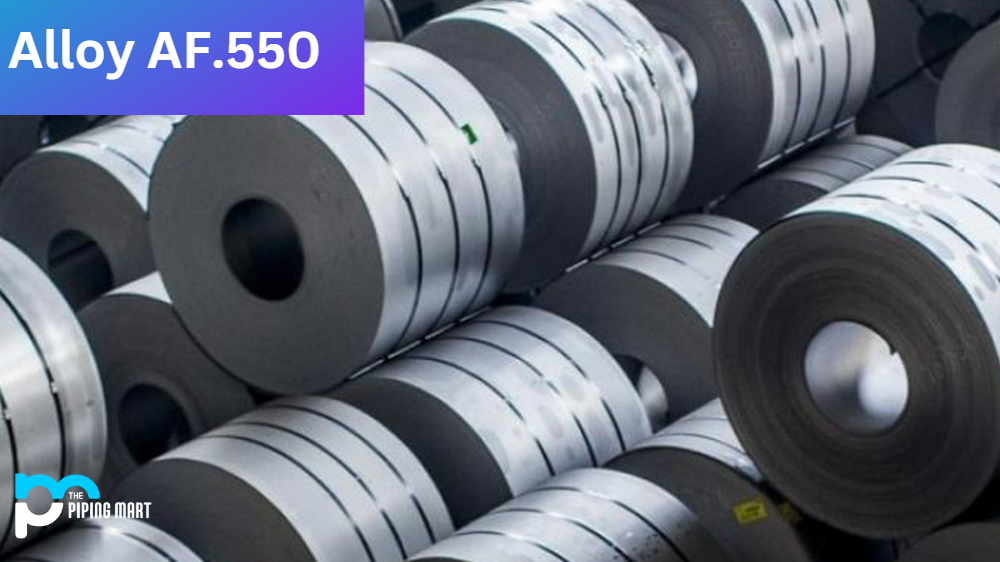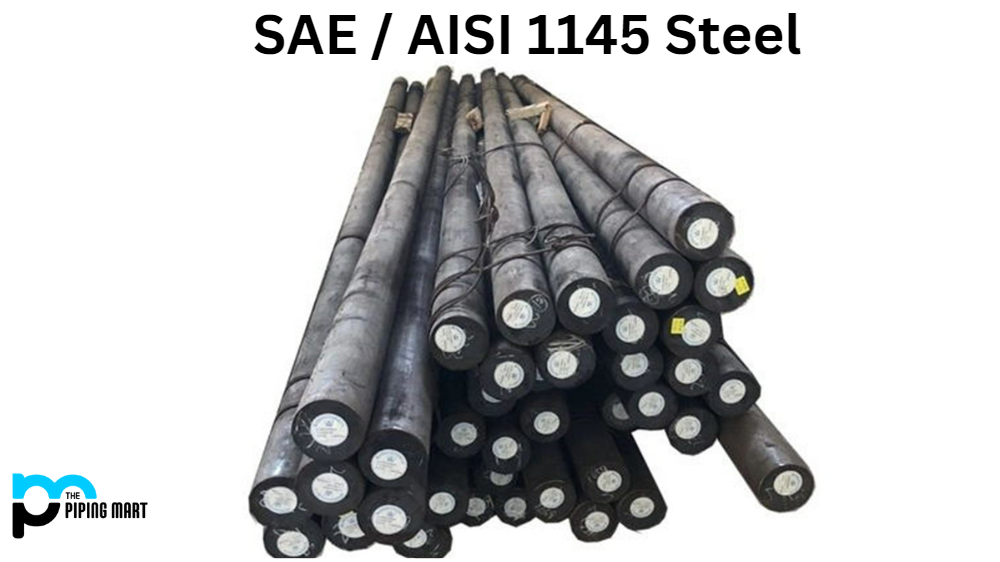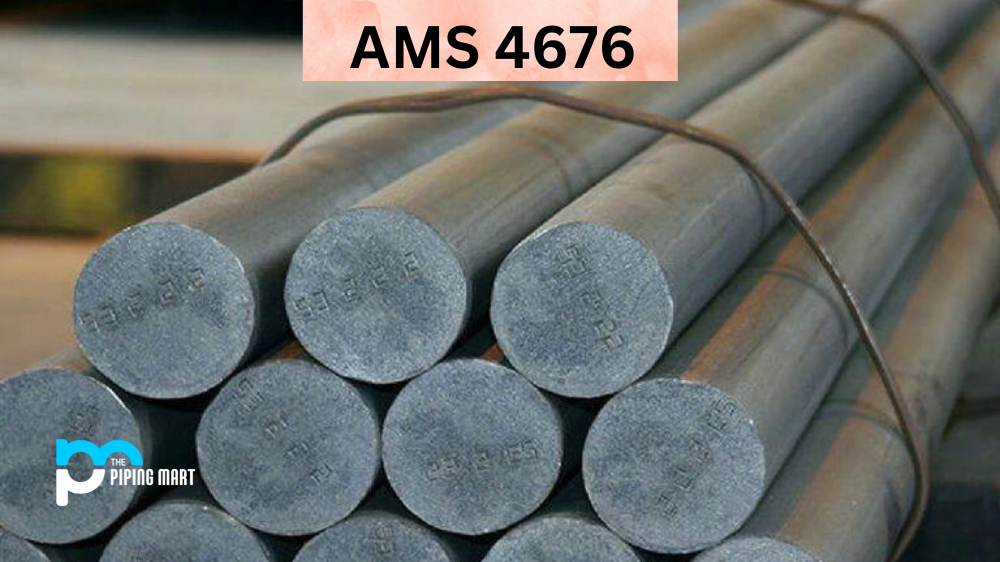Science and engineering have gifted us with unique materials. One of these superior materials is Alloy AF.550, a high-performance alloy that can withstand high temperatures and severe corrosion. It’s the perfect option for applications requiring solid metals that remain durable and reliable even in harsh conditions. In this blog, we will explore Alloy AF. 550’s composition, mechanical and physical properties, various uses, and performance in welding and corrosion resistance applications.
Alloy AF.550 Composition
Alloy AF.550 is composed of a high percentage of nickel alloy mixed with a small number of other materials such as iron, chromium, molybdenum, and cobalt. Its chemical composition is designed to offer high tensile strength at elevated temperatures, even when subjected to harsh conditions. It also contains a high level of silicon, phosphorus, sulfur, manganese, and carbon to improve weldability.
| Element | Content (%) |
|---|---|
| Chromium, Cr | 24-27 |
| Nickel, Ni | 4.5-6.5 |
| Molybdenum, Mo | 2.9-3.9 |
| Copper, Cu | 1.5-2.5 |
| Manganese, Mn | 1.5 max |
| Silicon, Si | 1 max |
| Nitrogen, N | 0.1-0.25 |
| Carbon, C | 0.04 max |
| Phosphorus, P | 0.04 max |
| Sulfur, S | 0.03 max |
| Iron, Fe | Remainder |
Alloy AF.550 Mechanical Properties
Alloy AF.550 boasts a unique combination of mechanical properties, including high tensile and yield strength, excellent hardness, and toughness. It has a melting point of 1330℃ and can maintain its power at a temperature of up to 1000℃. Notably, it exhibits unique mechanical properties even in cryogenic temperatures, making it an ideal material for marine, chemical, and aerospace industries.
Alloy AF.550 Physical Properties
Alloy AF.550 comes with impressive physical properties too. It has a density of 8.3 g/cm³, making it denser than titanium but lighter than steel. It also boasts high thermal conductivity, low thermal expansion, and electric resistivity. These physical properties make it ideal in applications requiring high resistance to wearing and erosion and in aggressive environments.
| Properties | Metric | Imperial |
|---|---|---|
| Density | 7.80 g/cm³ | 0.282 lb/in³ |
| Melting point | 1399°C | 2550°F |
Alloy AF.550 Equivalents
- ASTM A240
- ASTM A479
- ASTM A789
- ASTM A790
- ASTM A815
Alloy AF.550 Uses
Alloy AF.550 is an extensively utilized high-performance alloy in multiple industry applications. It is more commonly used in the marine, petrochemical, and aerospace industries, where its excellent mechanical and physical properties work wonders. Specifically, the alloy can be applied in steam turbines, jet aircraft engines, chemical treaters, pressure vessels, and heat exchangers, amongst other areas. In addition, the alloy can be utilized in manufacturing pump parts, compressor parts, and various types of fasteners.
Alloy AF.550 Corrosion Resistance
One factor differentiating Alloy AF.550 from other alloys is its ability to withstand harsh corrosive environments while maintaining its remarkable mechanical properties. The alloy resists localized corrosion, pitting, and crevice corrosion, making it a preferred option in aggressive applications.
Alloy AF.550 Welding
AF.550 has a low thermal conductivity in welding, so it is essential to consider the welding technique to avoid potential challenges. However, Alloy AF.550 can be welded with minimal challenges with the right equipment and expertise.
Conclusion
Alloy AF.550 is a unique high-performance alloy known for its excellent strength, durability, and resistance to harsh environments. From its composition, mechanical, and physical properties to its various uses in different industries, it’s evident that this material is the perfect option for applications that require robust metals. So if you’re looking for a durable and highly reliable alloy that can maintain excellent mechanical and physical properties in harsh environments, consider Alloy AF.550.





